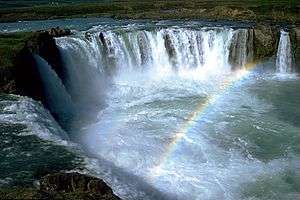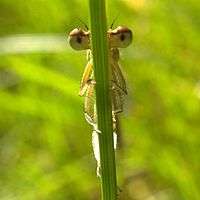Polarized light pollution
Polarization is a property of light waves that describes the orientation of their oscillations. Polarized light pollution[1] is a subset of the various forms of light pollution referring specifically to polarized light.


In nature, water and water vapor polarize the sunlight (which itself is slightly polarized). By receiving the direction of polarized photons, some species can correct their course during migration. Artificial polarization of natural or artificial light can disrupt the behavior of these species and the ecosystems in which these species play an important role. Pollination is one example of this.
History of this notion
Jean-Baptiste Biot and his successors have shown that solutions of organic products, such as fructose or sucrose, can polarize light. However, only in recent decades has it been realised that the polarized light may play an important role in ecosystems, especially in the insect world.
More recently, when the concept of light pollution emerged, the question of the possible impacts of the artificial polarization of light has arisen.
Gábor Horváth and his team have proposed [1] that this new term needs to be better described and understood in order to better address the specific ecological consequences (direct or delayed in space and time) of light that was polarized (at source or by interacting with objects made or modified by humans).
References
- Gábor Horváth, György Kriska, Péter Malik, Bruce Robertson. (2009) Polarized light pollution: a new kind of ecological photopollution. Frontiers in Ecology and the Environment 7:6, 317-325 / abs/10.1890/080129 Online Access Archived 2017-08-16 at the Wayback Machine 2009/08